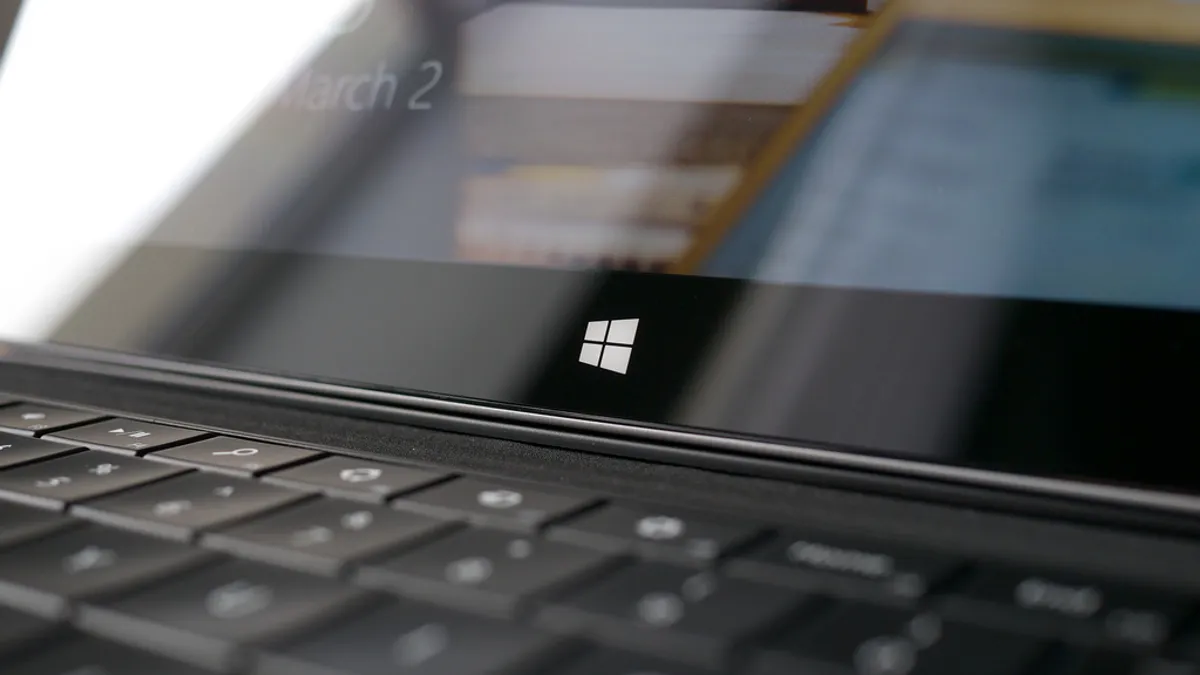Dive Brief:
- Approximately 85% of enterprises will have started Windows 10 deployments by the end of 2017, according to a survey released by Gartner this week.
- Companies indicated security improvements were the number one reason for migrating, followed by cloud integration capabilities. Budget can be a sticking point, however. "Windows 10 is not perceived as an immediate business-critical project; it is not surprising that one in four respondents expect issues with budgeting," said Ranjit Atwal, research director at Gartner.
- When it comes to device purchasing, companies are looking toward third- and fourth- generation products that are "optimized for Windows 10," including functions such as longer battery life and touch screens. Gartner conducted the survey in six countries — the U.S., the U.K., France, China, India and Brazil — garnering over 1,000 respondents involved in decisions about Windows 10 migration.
Dive Insight:
Software deployments are generally much easier today than they were in the past, but migrating still requires significant staff time and budget. Enterprises must be motivated enough to devote budget to the transition and to dedicate employees to see it through. In some cases, there must also be a bottom line motivation.
Microsoft has been pushing enterprises to upgrade to Windows 10 since the software debuted in 2015. In January, Microsoft warned enterprises that Windows 7 is unsecure and suggested they migrate to Windows 10 as soon as possible. The company also announced it will end support for Windows 7 in 2020.
Microsoft is pushing enterprises to upgrade as consumer adoption of Windows 10 slows. Windows 10's user share has grown at about 2% each month since Microsoft ended its free upgrade policy last August, Computerworld reports. Prior to that, Windows 10 use has grown at approximately 10% each month between April and August 2016, according to calculations made by Computerworld.













